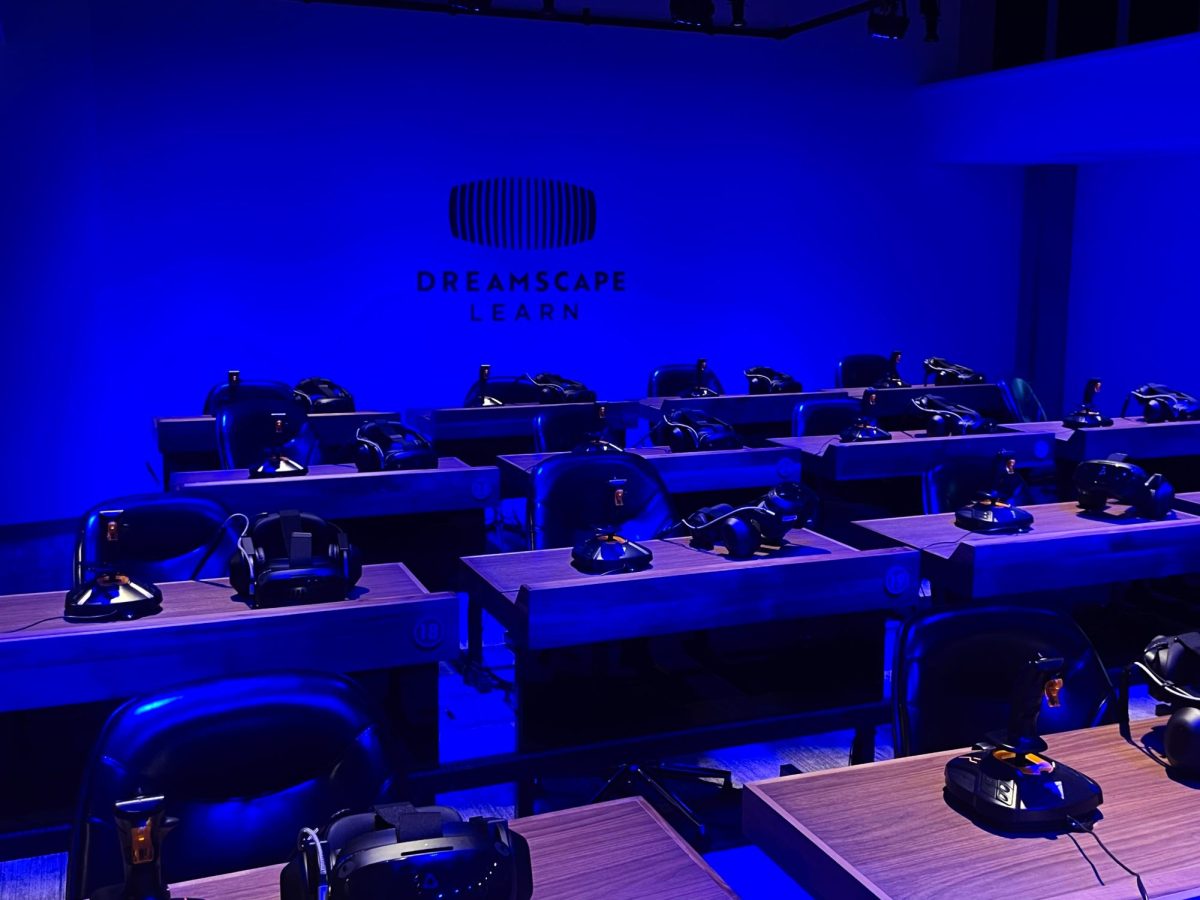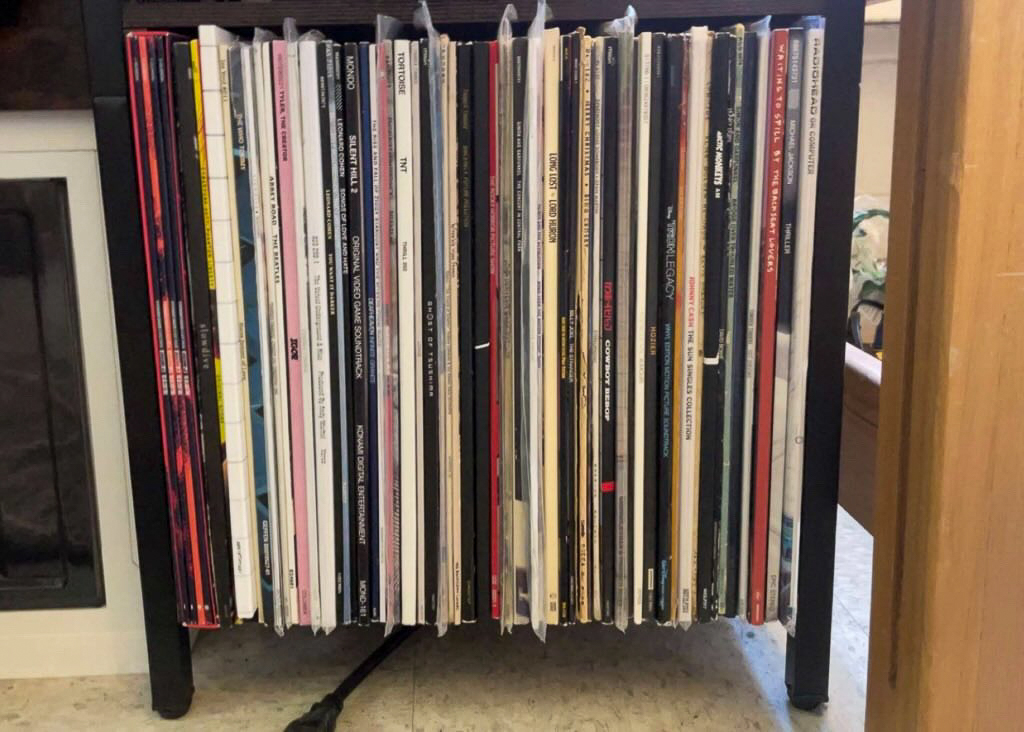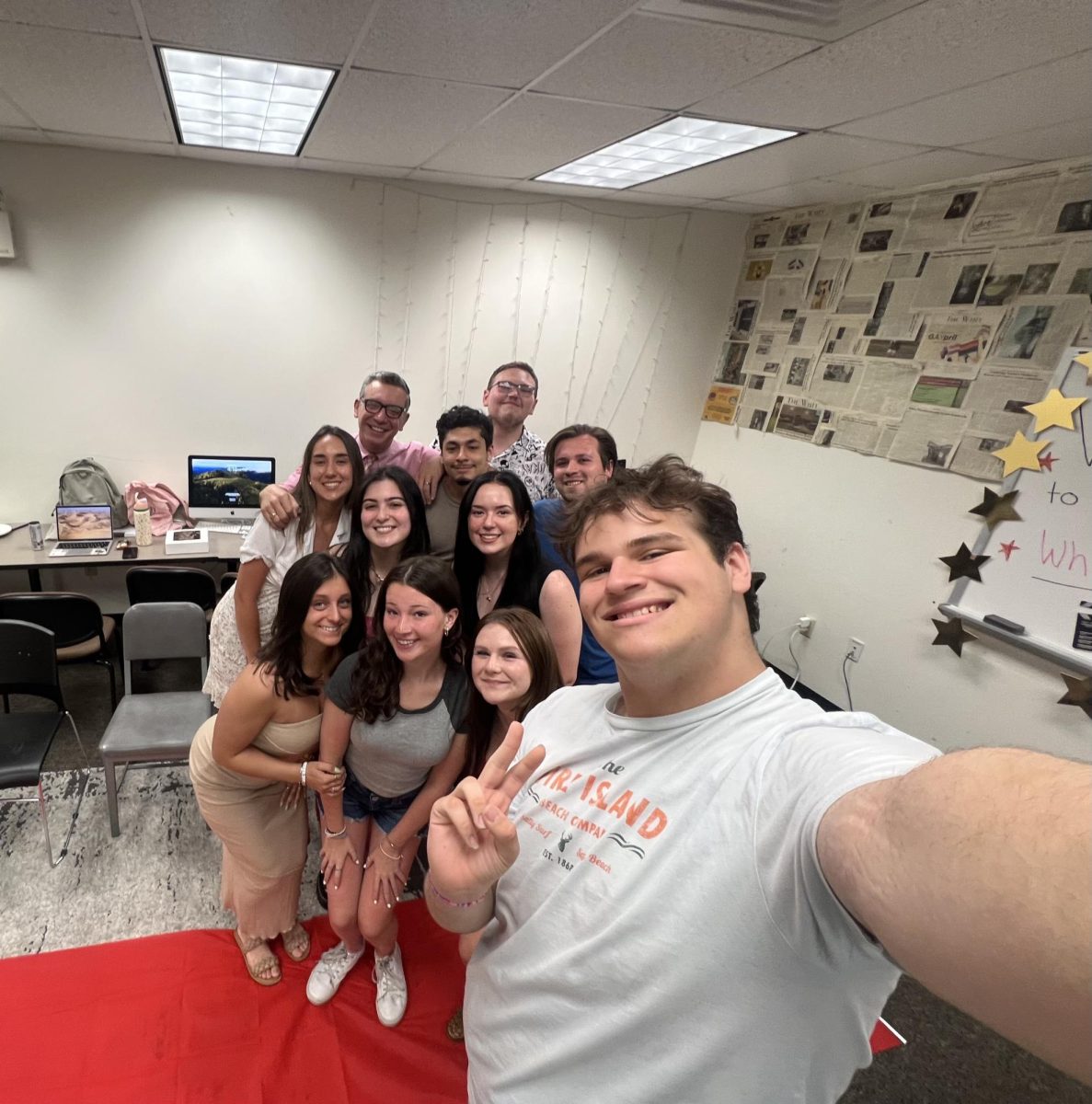As a Rowan alum (2014) and former Editor-in-Chief (EIC) of The Whit, I’m devastated to hear that SGA slashed The Whit’s budget by 35% this week. This could have serious consequences that SGA members may not have considered or fully understood.
First, The Whit is one of the most active clubs on campus with dozens of students who gain skills in writing, editing, photography, social media, web design, graphic design, and—perhaps most importantly to this conversation—page design. The Whit is where journalists like myself cut their teeth, make rookie mistakes, obtain work samples needed to land jobs and internships and learn what it’s like to work in an office. The club offers valuable real-world experience.
I emphasize “page design” because I suspect that the print product is likely where The Whit must now shed costs to tighten its belt. When I was EIC, printing costs made up the lion’s share of The Whit budget, yet I recall few options to meaningfully reduce this expense when SGA inquired about our budget. The Whit is limited to the service packages offered by printing plants and cannot, for example, simply cut its copy count in half to save 50% of its printing costs.
With such a sudden and substantial reduction in the budget, I fear The Whit will have to consider drastic measures, including ending the weekly papers that have run at the university for 85 years.
While it’s true that the news business is pivoting to online media, the print product is still a huge source of revenue for the industry. While many media companies would probably love to ditch the print expense and shift entirely online, the reality is that most subscribers—who skew older—still want a paper delivered. I compare this to pay TV, where younger consumers prefer Netflix, but millions of others still subscribe to costly cable, even if that number is in decline.
This means Rowan students still need page design skills to get hired in the news industry. The Whit is the club where students gain that work experience—an experience that is now at serious risk. Even if The Whit is able to find $11,000 in savings elsewhere—perhaps by eliminating color pages—that still harms aspiring journalists, particularly photographers, who would no longer have color photos in newsprint for their portfolios.
The print product is also the only reason I still have writing samples from my college years. In 2015 or so, The Whit’s website was hit by malware that wiped out its online archive, making the hard copies a crucial keepsake for me to remember the most formative years of my life. Thankfully, I didn’t need these clips to get a job. But if I did, I’m grateful there was a print edition. I’m sure I am not the only alum who has relied on the print product.
Lastly, there is something sad about the idea of a college campus not having a physical newspaper. College newspapers are a staple of campuses across the country and an important resource for university news and community-building.
If The Whit print edition is indeed at risk, that would be a huge loss for Rowan and a lasting, disappointing legacy for the SGA. I imagine that they were unaware of that risk when they cast their votes. I sympathize with them and understand they’re young adults making “rookie mistakes” themselves.
If it’s not too late, I hope SGA members can reconsider this serious decision. There may be a needed conversation about the costs and sustainability of a college print newspaper, but that conversation should actually be had. This rash decision should not occur during the waning weeks of a semester as seniors prepare for graduation.
Christian Hetrick, Class of 2014.
For comments/questions about this story, email [email protected] or tweet @TheWhitOnline


























































































































































!["Working with [Dr. Lynch] is always a learning experience for me. She is a treasure,” said Thomas. - Staff Writer / Kacie Scibilia](https://thewhitonline.com/wp-content/uploads/2025/04/choir-1-1200x694.jpg)











































